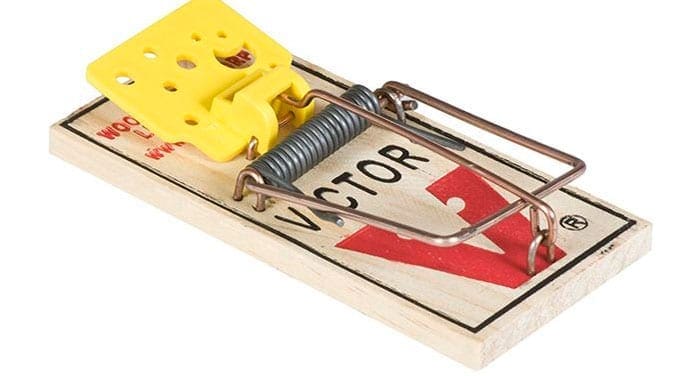 An unusual amount of international attention was given to the Greenland election earlier this month due to plans for a rare-earth mine.
An unusual amount of international attention was given to the Greenland election earlier this month due to plans for a rare-earth mine.
This vast country has a population of only 50,000 and is an autonomous territory of the kingdom of Denmark. Denmark transfers US$740 million to a year to help fund Greenland’s government.
This huge amount of money represents about 26 per cent of gross domestic product or 44 per cent of government spending. Amazingly, government spending equals 60 per cent of Greenland’s economy.
The money from Denmark has been crucial to Greenland being brought into the modern world in terms of living standards, education, health care, housing and life expectancy.
The election became globally important because an Australian/Chinese mining consortium wants to develop a rare-earth mine in the country. Some of the local people oppose the plan. Inuit people make up 90 per cent of the local population.
The election result saw the ruling party overturned, with 37 per cent of the population voting for the winning anti-mining party, which will no doubt stop the development of this mine.
The Danish government was hoping that the mine’s development would allow it to reduce its ongoing financial subsidies to Greenland. However, the people of Greenland decided against it, and no doubt expect Denmark will continue to foot the bill for nearly half of government expenses.
If the people of Greenland are being subsidized to the tune of 26 per cent of their entire economy, where’s the need to become self-sufficient and engage in an environmentally challenging project?
The Danish government transfers $50,000 to every family in Greenland. Why would the people of Greenland have any desire to change that, to develop a mine and see the risks associated with a major project?
It’s far easier to simply keep accepting US$740 million every year. This is the classic welfare trap on steroids.
If the Danish government now decides to end this large transfer payment and government services are slashed by 44 per cent, there’s a strong likelihood that Greenlanders may want to rethink their support for this mine to pay for much-needed services.
Unfortunately, we see the same perverse incentives operating throughout Canada, with transfer payments to various provinces. This system includes complicated formulas on natural resources that conveniently leave out hydroelectricity. That ensures Quebec remains a permanent beneficiary of large transfers, with substantial parts of its budget coming from other parts of the country as equalization payments.
Like other equalization-receiving provinces, Quebec operates a provincial government that costs more than average, particularly compared to Ontario. Quebec never has to face the challenge of actually paying the artificially inflated costs of services provided.
There’s no evidence that these transfer payments result in services that are better than in other provinces. In fact, for the most part, equalization-receiving provinces lag behind national averages in education and health-care outcomes.
In the Maritimes, not only do we see large cost-inflating equalization payments, but we also see Employment Insurance payments effectively paying people to stay at home after they’ve spent six weeks fishing. Why get another job when you can collect EI for most of the year? This has stymied economic development in the region for generations – companies can’t find workers, despite high local unemployment rates.
In rural Canada, we’ve seen hundreds of small towns dry up, with people moving elsewhere for better economic and lifestyle opportunities. Sixty per cent of our First Nations people live off-reserve and that number rises every year. Despite most reserves remaining economically non-viable, with growing numbers of Indigenous now living off-reserve, none of Canada’s 630 First Nations has been merged or wound down.
Approximately two-thirds of reserves have populations under 500 people. Economic opportunities, health care and education aren’t possible for a First Nation of 300 people living in a remote area, only accessible by air or winter roads.
No matter how much good will or money a government provides, it’s impossible for such a community to meet acceptable standards of health, education and employment in a modern context. As long as the government funds these communities, and their chiefs and councils, there’s no economic impetus to change.
Canada is a rich country, with the majority of investment directed towards resource development. If we continue to subsidize areas that aren’t economically viable, the standard of living in our country will continue to erode. We constantly hear from our young that they will be the first generation in Canada whose incomes will be less than their parents.
If we’re unable to make hard decisions about resource development and keep diverting funds to permanent welfare traps, then the standard of living for new generations of Canadians will continue to diminish.
Peter Holle is president of the Frontier Centre for Public Policy.
Peter is one of our Thought Leaders. For interview requests, click here.
The views, opinions and positions expressed by columnists and contributors are the authors’ alone. They do not inherently or expressly reflect the views, opinions and/or positions of our publication.
© Troy Media
Troy Media is an editorial content provider to media outlets and its own hosted community news outlets across Canada.

